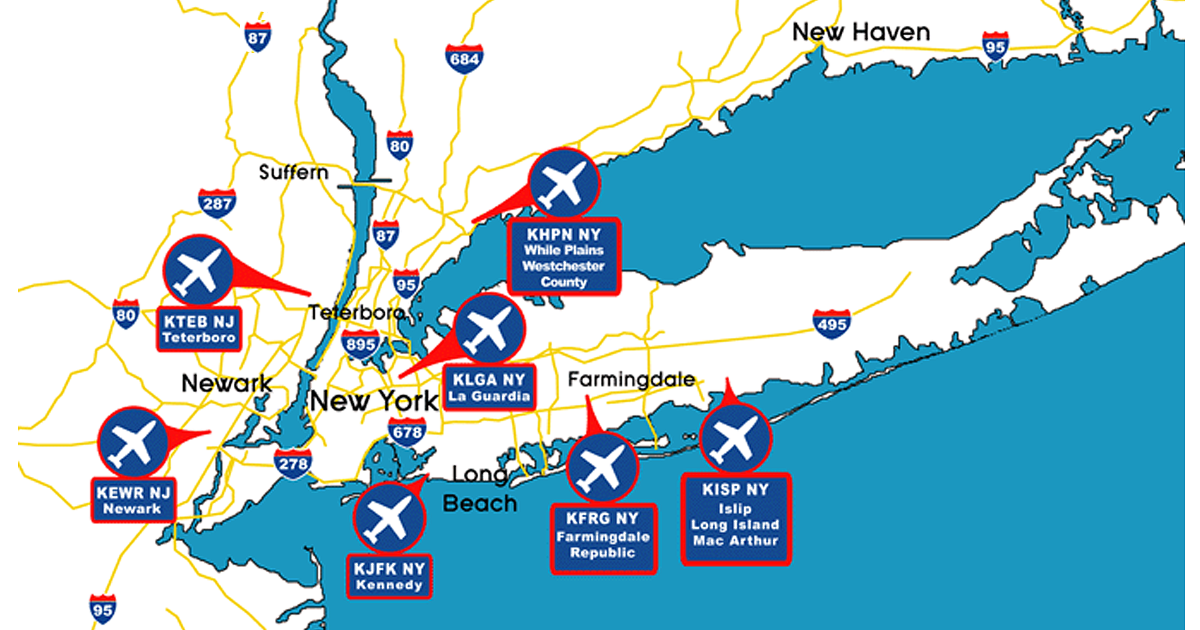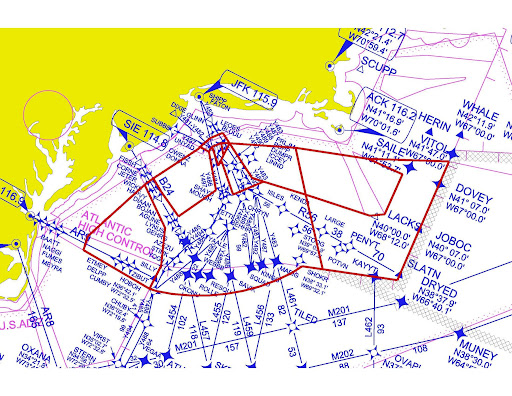
July 13, 2023
New York Center’s Oceanic Air Traffic Controller Karoline Gorman shared concerns with NBAA regarding business jets not filing preferred oceanic routes, especially into the New York Metro area, and from the Northeast, southbound, coasting out to WATRS airspace.
“We often see incorrect route filings northbound into the NY Metro area, specifically Teterboro [NJ] and White Plains [NY] airports. But we are also seeing an increase in business jets filing incorrect routes, southbound, going into nonradar WATRS airspace,” said Gorman, adding pilots should be filing preferred routes.
For example, Southbound Fix Pairs for non-radar routes are:
- ROLLE ATUGI L454
- RESQU SKPPR L455/L457
- SQUAD DARUX L456/L459
- KINGG KINER L461
Preferred routes into the New York Metro area are:
EWR/TEB/MMU
- OWENZ Y497 SUBBS CYN GXU RBV V249 METRO
JFK
- OWENZ Y495 CAMRN
FRG
- OWENZ DUNEE V139 SARDI CCC DPK
LGA
- OWENZ FATON HOFFI KEYED BDR PRENO
HPN
- OWENZ FATON HOFFI KEYED RICED4

“We try to maximize the use of routes going southbound given increased separation standards in nonradar airspace,” Gorman explained. “If we can ever cut you short, we absolutely will, but filing preferred routes correctly allows us to more effectively utilize altitudes during high volume periods.”
Not only does filing preferred routes allow for more efficient airspace utilization, but in-flight reroutes to the preferred routes can result in errors and leads to frequency congestion.
“There are six elements to the Teterboro preferred route from the Caribbean,” Gorman said. “That’s six opportunities for a pilot to misunderstand or incorrectly copy the route while congesting the frequency and increasing both the controller and the pilot workload.”
On Tuesday, July 25 at 10 a.m., Gorman and her team members from facilities across the country will be at NBAA Booth No. 432 at EAA’s AirVenture for “Coffee with Controllers.” Pilots, dispatchers and others involved in flight planning are encouraged to stop by and learn more.
Pilots can use the FAA NFDC website as a tool to extrapolate routes from non-US departure points, and should also remember to monitor 121.5 at all times.


 International Business Aviation Council Ltd.
International Business Aviation Council Ltd.